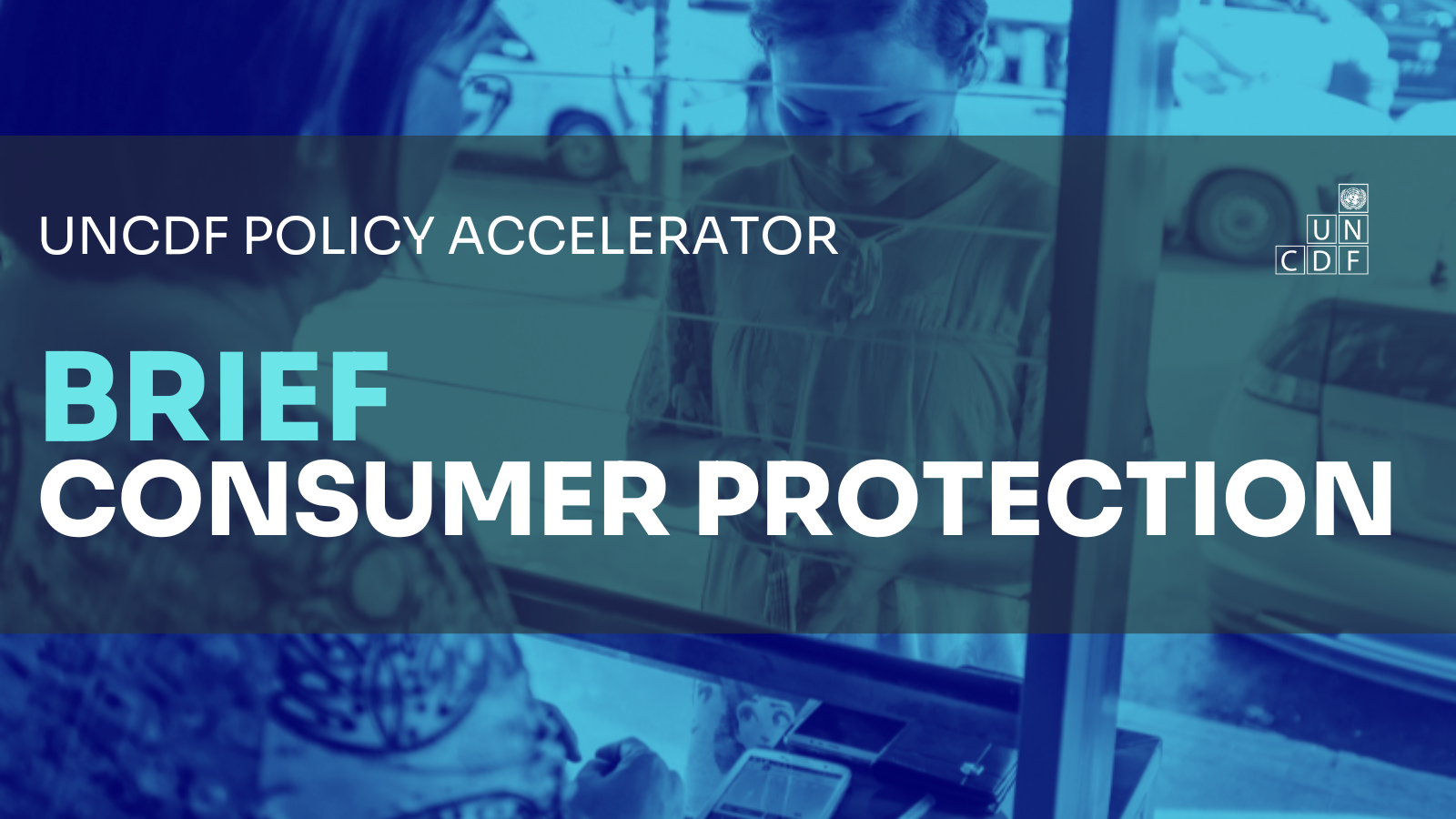Navigating trade-offs in Digital Public Infrastructure regulation
Addressing high-priority regulatory and policy issues for policymakers in Least Developed Countries (LDCs).
Digital Public Infrastructure (DPI), encompassing digital payments, identity systems, and data exchange platforms, is recognized as a transformative catalyst for sustainable development in Least Developed Countries (LDCs).
However, its realization faces numerous regulatory and policy challenges.
For LDC policymakers and regulators, these challenges involve navigating complex trade-offs, ensuring stakeholder alignment, and building the foundational systems necessary for equitable digital access.
This blog explores the high-priority regulatory and policy issues LDCs face in developing DPI, with discussion of potential high-leverage policy interventions and the trade-offs they present. Each intervention is presented as a choice, with a brief description, snapshot of the key decision facing policymakers and regulators, and a reframing of the tension as an opportunity to move the DPI agenda forward with smart policy.
Key regulatory and policy issues
1. Data privacy and protection vs. Cross-corder data flows
One of the most pressing regulatory challenges in building DPI is striking a balance between stringent data protection laws and enabling seamless cross-border data flows. LDCs often face pressure to comply with global data protection standards, like the General Data Protection Regulation (GDPR), which can protect citizens but potentially impede international digital services.
Trade-off: While strong data protection enhances trust and secures personal information, it can limit the global interoperability of data systems, which is crucial for digital commerce, remittances, and trade. In LDCs with fragile economies, overly restrictive data localization laws may stifle opportunities for cross-border digital services, reducing economic growth.
Policy opportunity: A harmonized, risk-based data governance framework that permits data flows under secure conditions could foster both privacy and international collaboration. For example, countries like India have managed to foster innovation while also tightening their digital data protection policies through localized infrastructure and the Unified Payments Interface (UPI).
2. Inclusion vs. innovation: The competition dilemma
Fostering inclusion and ensuring innovation are twin goals for DPI policy but achieving them simultaneously presents challenges. For example, policies promoting competition in digital services (such as allowing non-banks to issue mobile money) might encourage market innovation, yet it can also risk creating monopolies or overly concentrating power in a few large tech firms.
Trade-off: Excessive focus on competition might spur innovation, but it could also lead to exclusion if small players and vulnerable populations are unable to access or afford new services. On the other hand, policies that are too focused on inclusivity might stifle innovation and deter private sector investment.
Policy Opportunity: Policymakers can implement “inclusive competition” frameworks that lower the cost of entry for new digital financial service providers, while also ensuring consumer protection through targeted subsidies or incentives for services that cater to marginalized populations. Ethiopia's approach to regulating mobile money has provided a compelling example of encouraging private investment while also broadening access to financial services.
3. Cybersecurity vs. Systemic connectivity
As DPI systems become more interconnected, the risk of cyber threats grows exponentially. Regulators in LDCs are tasked with ensuring the resilience and security of their digital systems while also expanding digital access. Cybersecurity breaches can undermine trust in DPI and derail digital inclusion efforts.
Trade-off: The challenge is to implement robust cybersecurity measures without creating barriers to connectivity and access, particularly for rural and low-income populations who may be digitally marginalized by complex security protocols.
Policy Opportunity: Establishing comprehensive cybersecurity frameworks that integrate with broader DPI strategies will be essential. This includes harmonizing cybersecurity standards across sectors to protect data and prevent breaches, while ensuring that access to digital services remains affordable and simple for the end user. The African Union's cybersecurity guidelines are an example of regional frameworks aiming to strike this balance.
4. Consumer protection vs. Market flexibility
Consumer protection is another priority issue for LDC policymakers. Without sufficient regulation, digital service providers could exploit vulnerable populations, particularly in areas like financial services, where consumers may not be fully aware of the risks involved in digital transactions.
Trade-off: Overregulation in this space, however, could impede market flexibility and slow down innovation. An overly stringent approach could scare off new entrants or reduce the variety of digital financial products available to consumers.
Policy Opportunity: LDCs can implement proportionate consumer protection frameworks that emphasize transparency and education without discouraging service providers from innovating. For example, the Digital Financial Services (DFS) guidelines being implemented in CEMAC countries balance consumer rights with the need to create a competitive and innovative DFS ecosystem.
5. Broadband access vs. Investment in DPI
A critical enabler of DPI is widespread broadband access, yet many LDCs are grappling with the high cost of expanding broadband infrastructure. The digital divide in these regions, exacerbated by inadequate infrastructure, often hinders the potential for DPI to scale effectively.
Trade-off: Prioritizing broadband access may divert critical public funds from other urgent infrastructure needs, while focusing solely on DPI without addressing the broadband gap will limit the overall impact of digital transformation.
Policy Opportunity: A coordinated policy that incentivizes both private investment in broadband and DPI development can accelerate digital inclusion without overburdening public finances. Public-private partnerships (PPPs) and blended finance models, as promoted by the UNCDF, have shown promise in de-risking private sector investment in critical infrastructure.
In the face of these complex trade-offs, a multidimensional approach is needed to navigate the regulatory and policy challenges of DPI development. The Policy Accelerator can help in several ways:
Tailored Policy Guidance: Through in-country engagements and global best practices, UNCDF helps governments develop context-specific DPI frameworks that balance innovation, inclusion, and protection.
Blended Finance Expertise: UNCDF is a leader in structuring blended finance models that attract private sector investment into DPI while de-risking these ventures.
Stakeholder Coordination: By convening public, private, and civil society stakeholders, UNCDF facilitates collaborative policy dialogues that ensure alignment of interests and the successful implementation of DPI initiatives.










